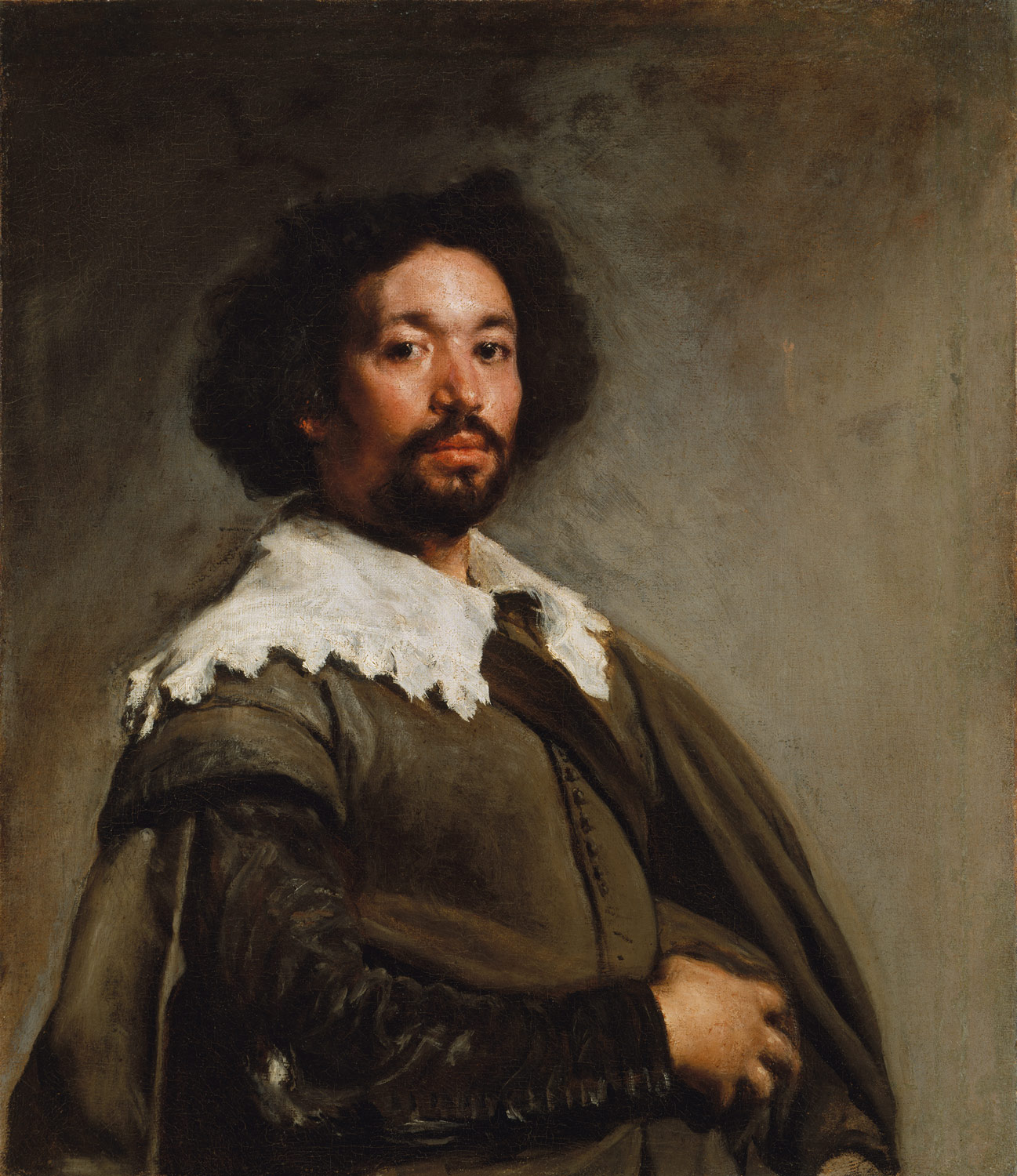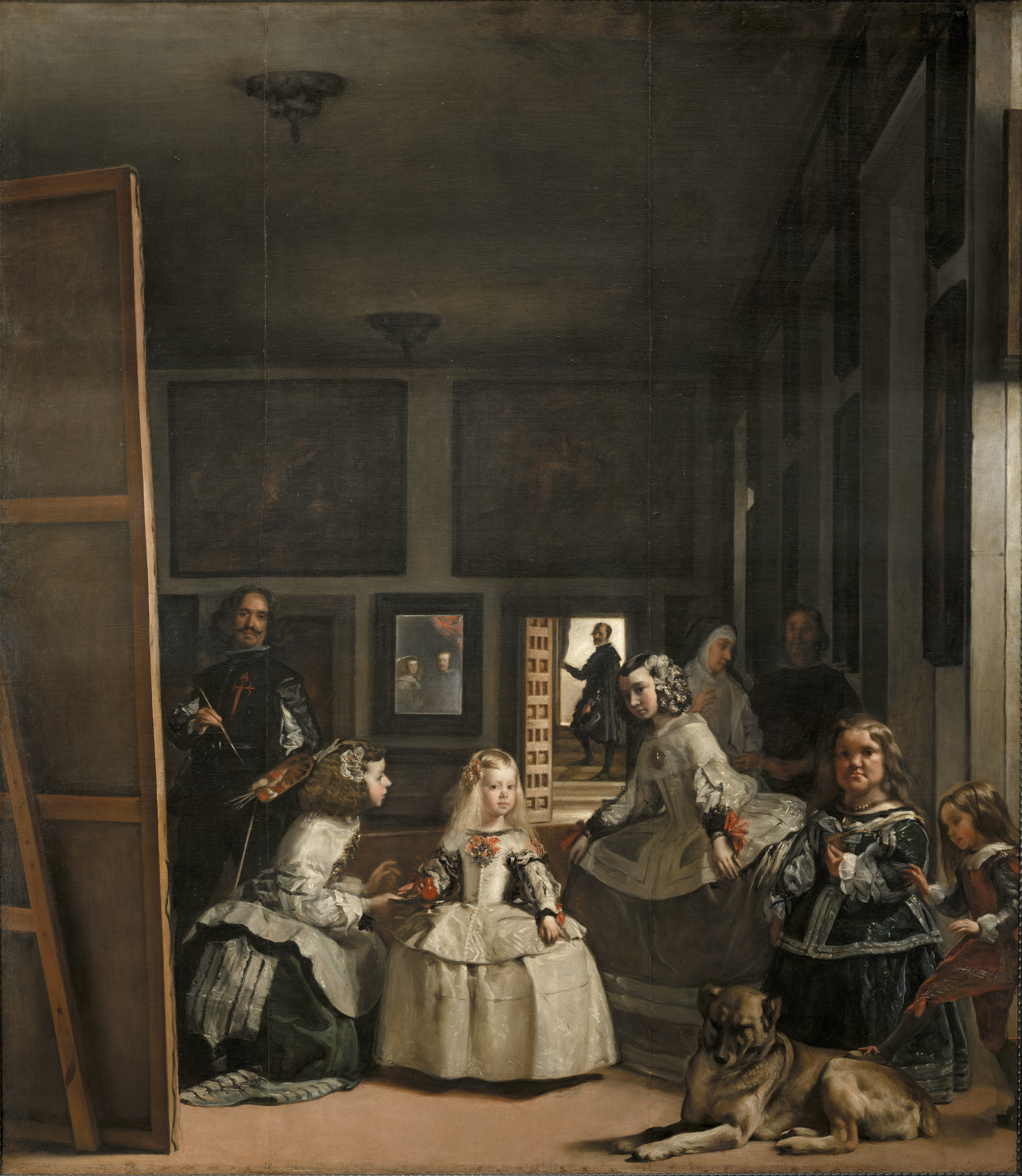The Metropolitan Museum of Art
November 4, 2016–March 12, 2017
Velázquez (Diego Rodríguez de Silva y Velázquez) (Spanish, 1599-1660). Portrait of a Young Girl, ca. 1640. Oil on canvas. The Hispanic Society of America, New York, NYVelázquez's portraits of a young girl (ca. 1640)
and of Cardinal Camillo Astalli-Pamphili (ca. 1650),
both from the collection of The Hispanic Society of America in New York City, were recently examined and treated at The Metropolitan Museum of Art. The removal of extremely discolored varnish layers that had masked these paintings revealed Velázquez's remarkable technique and subtle sense of color in ways that had not been seen in more than a century. These two works, along with five other exceptional portraits created in the final two decades of the artist's career—including
The Met's iconic Juan de Pareja (1650)
—are being presented in Velázquez Portraits: Truth in Painting, on view at the Museum through March 12, 2017.
Although his formal state portraits of the leading figures of the Spanish monarchy are what established Velázquez (1599–1660) in his career, these bust-length likenesses he produced in Spain and during his travels in Italy are some of his most immediate and captivating images. Freed of the restrictions that apply to state and allegorical portraiture, Velázquez was able to capture in these paintings the temperaments, moods, and inner reflections of their subjects. In showing them roughly life-size, and setting them against a neutral background, Velázquez invested his subjects with a timelessness that makes them powerfully affecting to this day.
From the Met:
In his final decade, Velázquez’s handling of paint became increasingly free and luminous. This late style can be seen in
María Teresa (1638–1683), Infanta of Spain (49.7.4Z)—a portrait probably made for her future husband, Louis XIV of France—and the breathtakingly beautiful portrayal of the royal family,
Las Meninas (The Ladies-in-Waiting) (Prado). The artist stands to the left before an enormous canvas on which he is painting the king and queen, who are reflected in the mirror in the background, but the real subject of the picture is the little infanta who has come to watch Velázquez at work. She stands between two ladies-in-waiting, who coax her to behave, and two court dwarfs and a large dog, all rendered with astonishing freedom and truth to nature.
The exhibition is organized by Stephan Wolohojian, Curator in the Department of European Paintings, and Michael Gallagher, Sherman Fairchild Conservator in Charge of Paintings Conservation, both at The Metropolitan Museum of Art.
Velázquez Portraits: Truth in Painting is featured on the Museum's website with essays about The Hispanic Society of America's paintings—one is by Michael Gallagher on a conservator's approach to treating Portrait of a Young Girl, and another is by Stephan Wolohojian on the colorful life of Cardinal Camillo Astalli-Pamphili.




